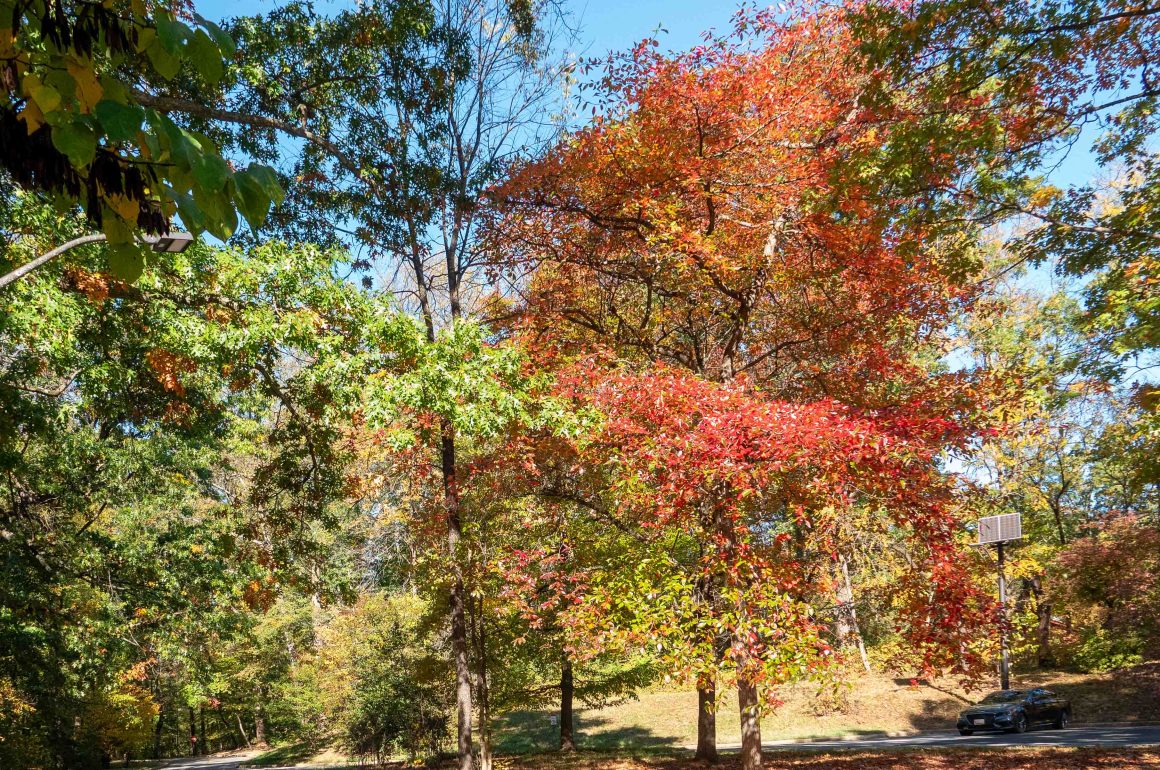
We missed the peak of fall migration at Rock Creek Park, Washington DC. But a quiet morning, a chance encounter with a local birder, and one uncommon sighting turned it into something memorable.
A short visit to Washington DC provided an opportunity for some birding, we had a choice of the Rock Creek Park or the Kenilworth Park & Aquatic Gardens. Based on some online and eBird research we chose the Rock Creed Park, Maintenance Yard area. Rock Creek Park is noted as a major migrant hotspot with 181+ species recorded.
The fall migration window for this location is mid-August to mid-October. We missed that window, but forever optimistic, we just had to go.
We took an Uber from our hotel downtown and got to the maintenance yard parking lot around 8:30 a.m. The sun was already warming things up, the fall weather was perfect, and there was that calm, hopeful feeling that makes you think something good might happen.
We did not see any signs or clear trail heads from the parking lot, so we just wandered around until we came across something that looked like one and decided to follow it into the forest.
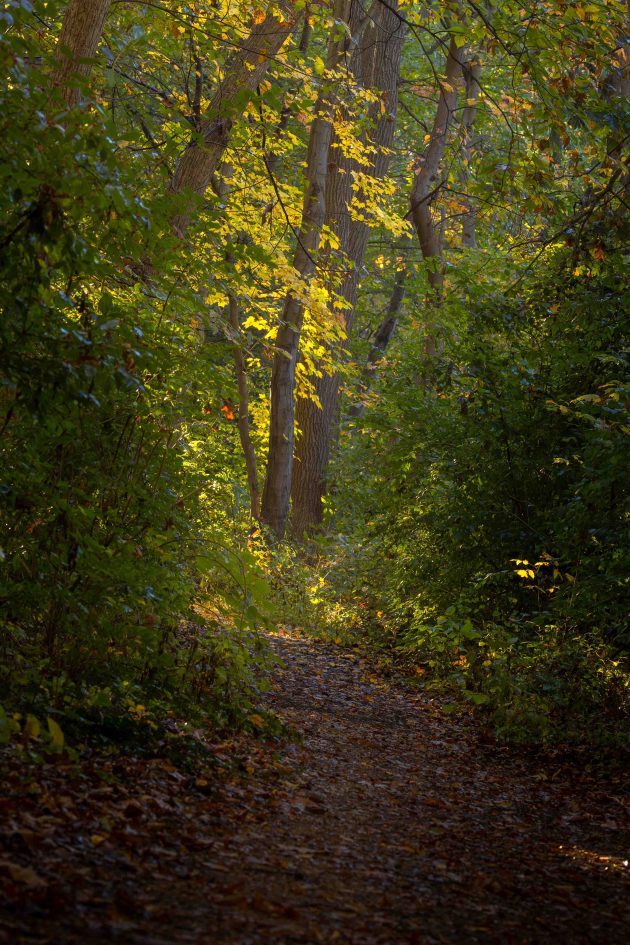
A first, there was not much to see, other than Blue Jays, Mourning Doves, Starlings, Common Grackle, a Downy Woodpecker, and a Tufted Titmouse high up overhead. My Merlin app did pick up a few other species but for the life of me I could not locate any.
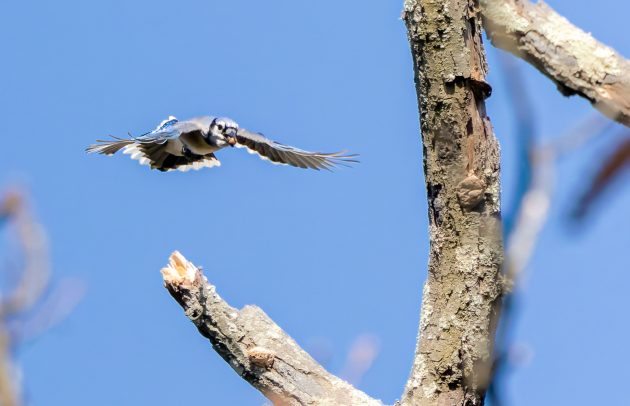
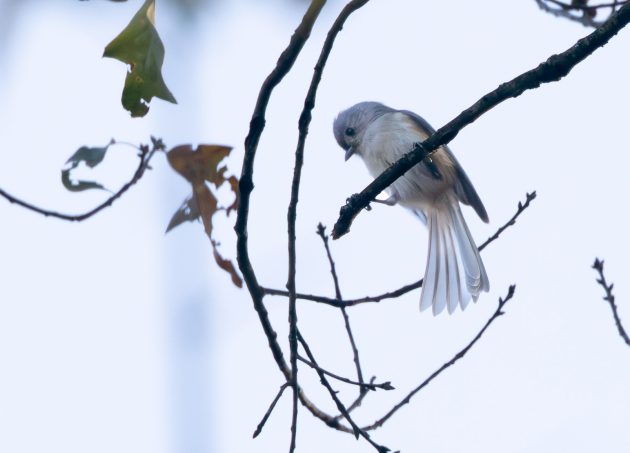
As we walked along, we ran into two guys with binoculars pointed into the bushes, birders at last!
We moved in their direction slowly, hoping to get a glimpse of what they were observing. Soon we got to chatting with Stephen, a local birder who we learnt, has been coming to the park for about four years now and keeps track of his sightings on eBird.
With Stephens help, the morning came alive. Northern Cardinals hopped around on the ground and in the bushes, a Red-bellied Woodpecker was having breakfast high up on a leafless branch before flying off, a Northern Flicker flew past.
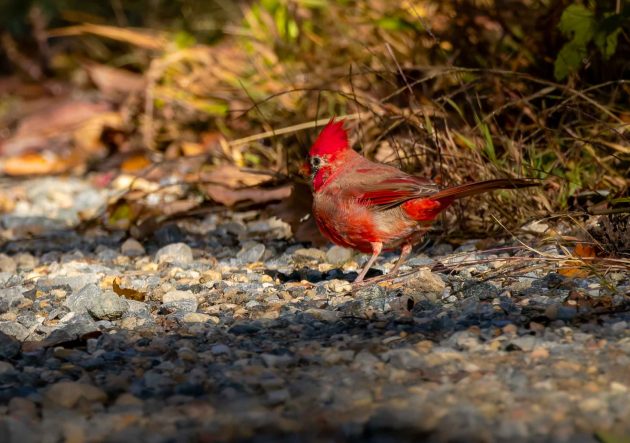
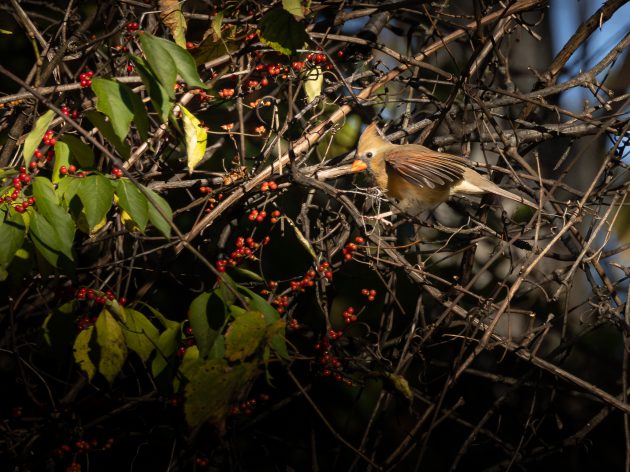
The Red-bellied Woodpecker is one of those birds that catches your eye the moment sunlight hits its back. Despite its name, the most striking feature isn’t its belly but the bright red cap and nape that glow like fresh paint.

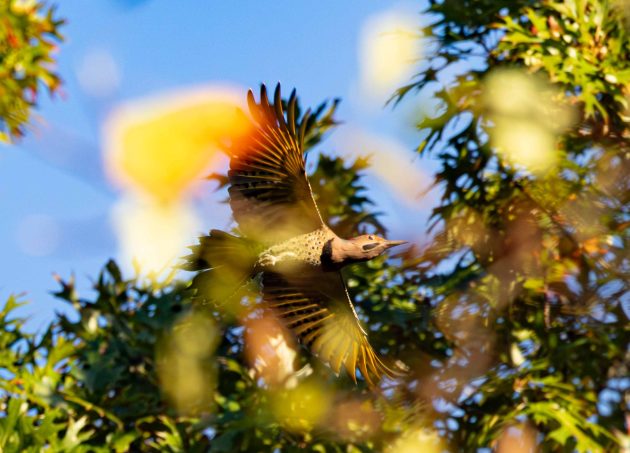
A Song Sparrow was hopping around, restless and alert, pausing just long enough for a quick pose before moving again. Nearby, a White-throated Sparrow sat quietly in the shade, fluffing its chest and carefully preening each feather. They couldn’t have been more different, one full of energy, the other completely calm.
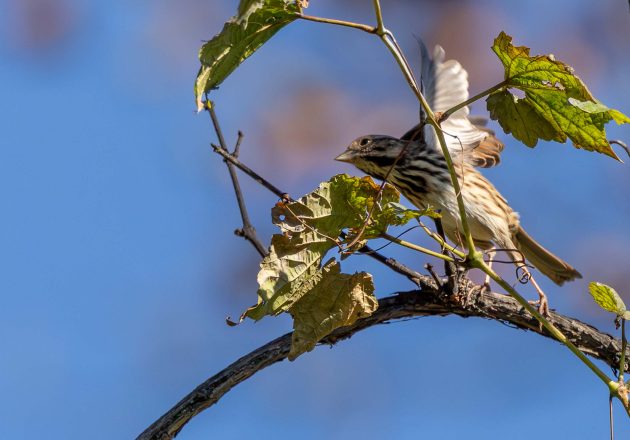
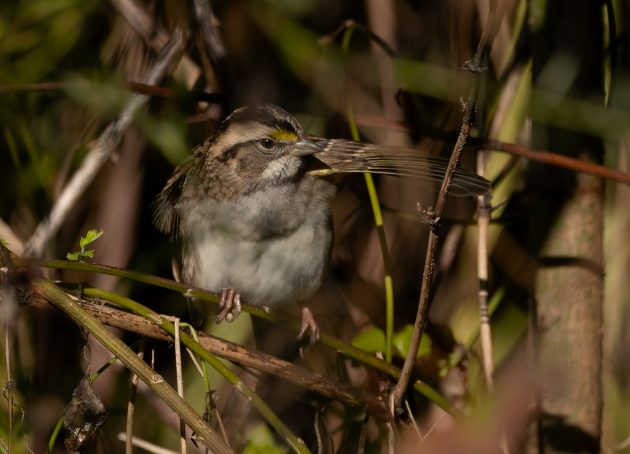
Ruby-crowned Kinglets are small but full of personality. I caught this one just as it paused in a bit of light to take a look over its shoulders. I have yet to see that much talked about ruby/red crown. Most of the time, the crown stays hidden under the olive feathers only being flashed in certain moments.
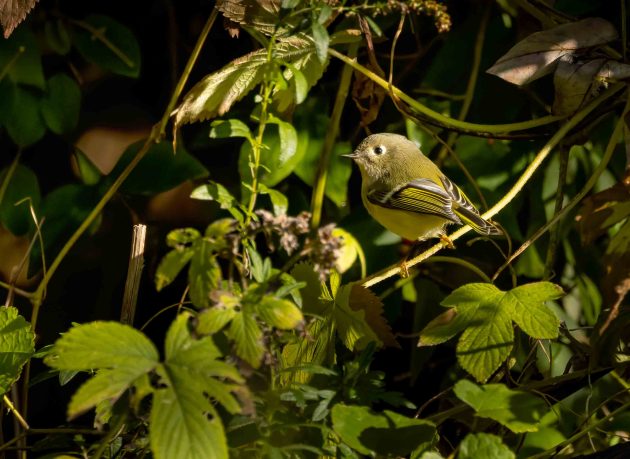
A House Finch was perched high on a bare branch, soaking up the morning sun. Its rosy-red head and chest stood out nicely against the clear blue sky. It didn’t move much, just sat there looking perfectly content. These birds may be common, but when the light hits them right, they’re anything but ordinary.
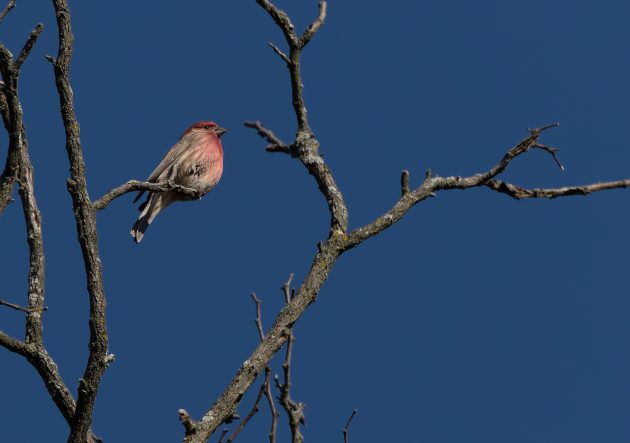
A juvenile White-eyed Vireo appeared, looking a bit unsure of itself, like it might have taken a wrong turn on its migration route. At Rock Creek Park, as mentioned before, the fall migration usually peaks between mid-August and mid-October. By late October, most of the neotropical migrants, including Vireos, have already moved on, so spotting one at this time of year is uncommon and worth noting (birdersguidemddc.org).
This one tried its best to stay hidden behind the leaves, but not well enough for Stephen, who spotted it right away and pointed it out to me.

After deciding we were harmless, It eventually decided to come out from behind the leaves so that we could have a good view. Adults have white eyes while juveniles have darker gray eyes like this one.
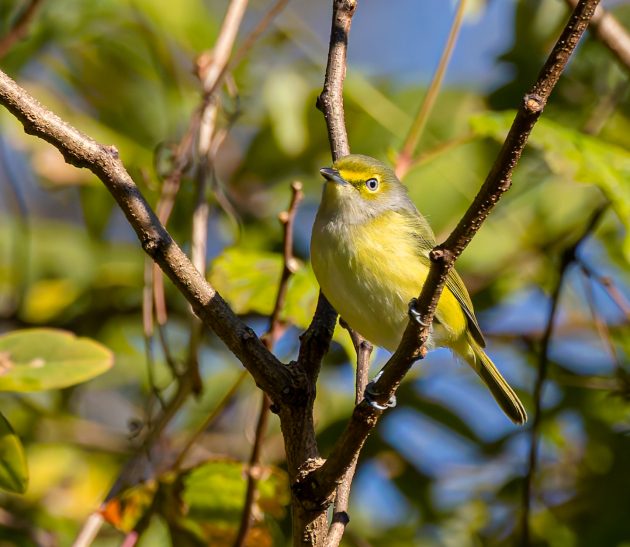
An Eastern Towhee perched proudly on a low branch, its black head, white belly, and rich chestnut sides catching the light just right. I hadn’t seen this bird before, so it instantly caught my attention. It stayed long enough for a good look, alert, calm, and perfectly posed, before flying off into the thicker brush. A new lifer for me, and one I won’t forget soon.

I cannot recall seeing a White-breasted Nuthatch perched like this before, they always seem to be head down on a tree trunk, but this one was happily perched very high up preening itself. It remained in this location for around 10 mins before flying off.

An Eastern Phoebe sat quietly overhead.

We were really enjoying the morning’s birding, but we had a lunch appointment to get to. After saying our goodbyes to Stephen and another birder who had joined us, we headed back to the parking lot to catch an Uber. While awaiting the Uber a juvenile Red-headed Woodpecker showed up, a bit drab without its red head but welcomed all the same.

A Swainson’s Thrush skulked quietly in the shadows on a tree in the parking lot, while an American Robin sat quietly on a huge branch.

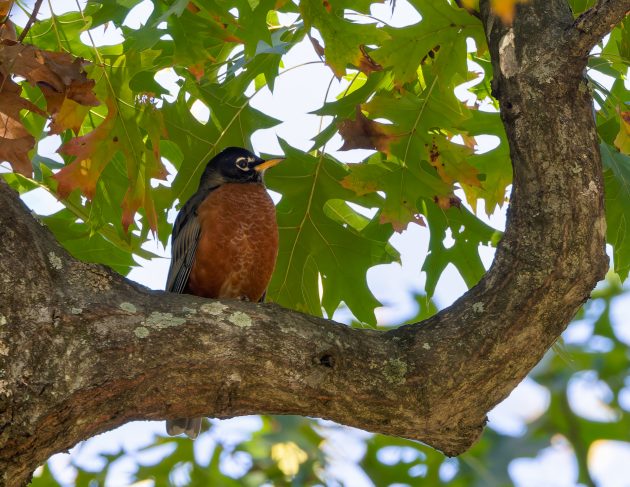
So yes, we missed the peak of the fall migration, but Rock Creek Park, Maintenance Yard Area still had plenty to offer, it still delivered just enough to make us happy that we showed up, it even threw in a few lifers for good measure.
And Stephen, if you ever happen to read this post, thank you again for spotting the birds I was sure were just leaves dancing in the wind. Birding is always better with a little help from your birding friends.
Note: Feature Image provided by Sue Rampersad.




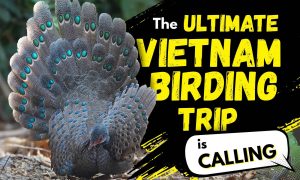



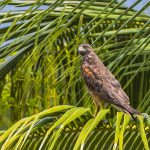

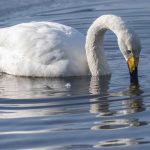
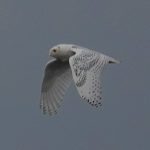
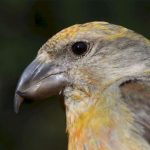
I really enjoyed reading about Rock Creek park and your discovery of its birds. Nothing beats having a local birder be your birding buddy and I am pleased that you had the luck to find one. This is what I like about our birding community. The Eastern Towhee is a gem!
Thanks Mary, I am happy you enjoyed the post. Rock Creek Park is certainly quite interesting for birding, I look forward to return another time to explore other areas of this huge urban park.